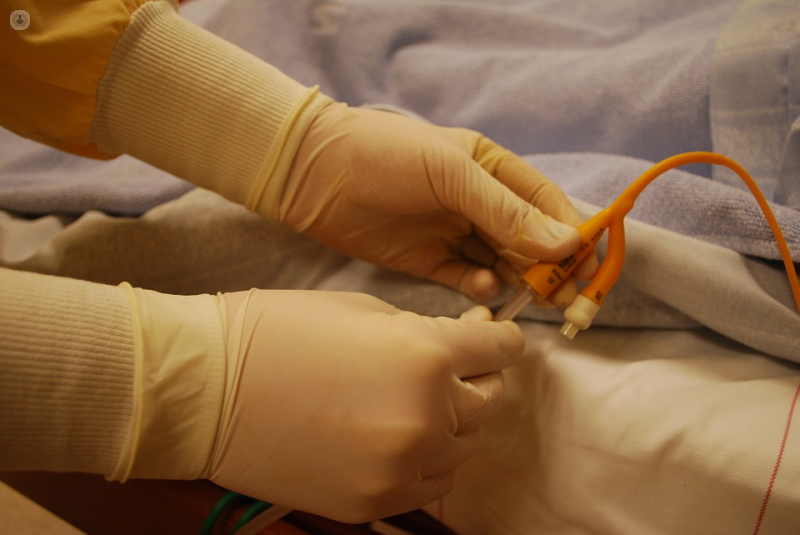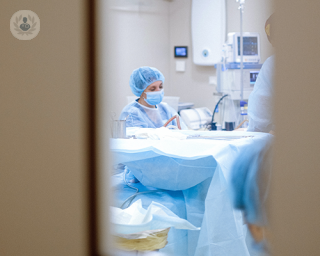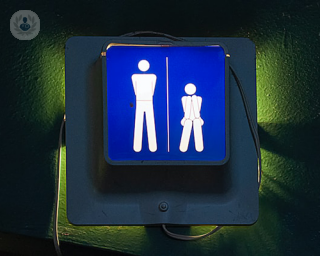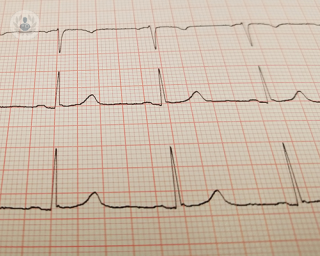Catheter
What is a catheter?
A catheter is a thin tube usually made of soft, flexible plastic. It is a medical device used to transfer liquids into or out of the body. Due to the broad number of possible applications of such a device, there are several different types of catheters.

Why is it done?
Urinary catheters are used to drain urine from the bladder in patients who have trouble passing urine or have poor bladder control.
Intravenous catheters, or IVs, are used to deliver medicine or fluids directly to the blood or take the blood pressure in a large vein. They can also connect to a dialysis machine to filter waste materials out of the blood if the kidneys don’t work.
Catheters can also be passed into the heart via an artery or vein to diagnose or treat heart conditions. For example, cardiac catheterisation can be used for the following diagnostic purposes:
- Look for problems with the heart valves
- Angiogram (locating narrowing or blockages of blood vessels that could cause chest pain)
- Measure pressure and oxygen levels in the heart
- Biopsy heart tissue
- Diagnose congenital heart defects
They can also be used in the following treatments:
- Angioplasty
- Closing holes in the heart
- Heart valve repair/replacement
- Ablation for arrhythmias
- Closing off parts of the heart to prevent blood clots
Catheter types
- Intermittent catheters: temporary catheters inserted several times a day to drain the bladder via the urethra (the tube that carries urine out of the body from the bladder).
- Indwelling (Foley) catheters: longer-term catheters that remain in the urethra for a matter of days or weeks, held in place by an inflated balloon at the bladder end. They drain urine into a bag that may be strapped to the patient’s leg or bed while sleeping. An indwelling catheter avoids repeatedly inserting the catheter several times a day, but carries a greater risk of infection. They need changing every few months.
- Subrapubic catheters: this type of catheter is inserted into the bladder through a hole below the belly button rather than the urethra. The procedure to install it can be carried out under general, local, or epidural anaesthetic. It is generally used when the urethra is damaged or blocked.
Intravenous catheters
- Peripheral venous catheter: the simplest and least expensive type, it is a short-term IV inserted into a vein in the hand, forearm or foot, and needs to be replaced by a nurse every few days.
- Central venous catheter: inserted into an arm, leg, the neck, or the chest to connect to a large vein leading to the heart. Central venous catheters are used to deliver medicine for long-term patients and can stay in for months or years. They may be used for treatments such as chemotherapy, dialysis, or to deliver nutrients for patients who can’t eat food.
Cardiac catheterisation
- Cardiac catheter: long catheters inserted via veins or arteries and passed along these blood vessels to the heart. They may be used for diagnostic or treatment purposes, such as placing stents or for ablation of cardiac tissue.
.












